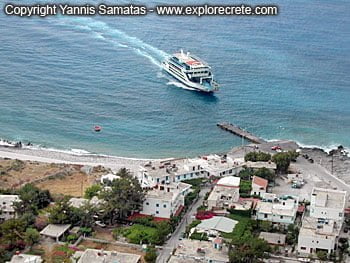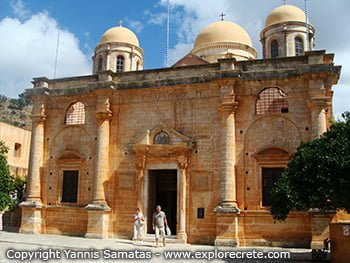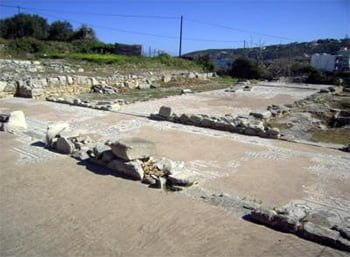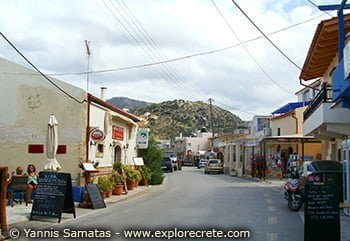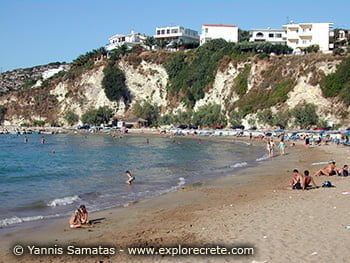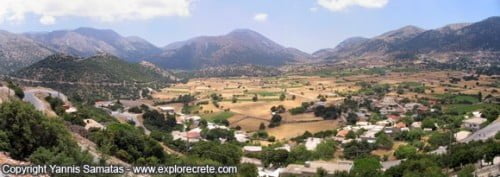History of Georgioupolis, Ancient Amphimalla, Almyroupolis
History of Georgioupolis
The first historical evidence on Georgioupolis appears in Minoan times. A Minoan tomb has been discovered in the village of Kastellos, while many votive finds have been found south of Georgioupolis, where the ancient city of Amphimalla once stood.
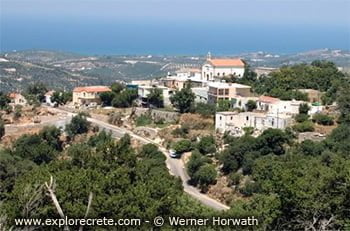
Ancient Amphimalla
Amphimalla was the harbour of the city of Lappa, on the site of modern-day Argyroupolis.
Excavations in the area and finds – many of which are now in Chania Archaeological Museum – show that the city flourished in the Late Minoan and Roman periods.
In Byzantine times, St John the Stranger was very active in the area, founding the Monastery of St George at Dramia, Georgioupolis. He also encouraged the development of viniculture and beekeeping, which are still important activities for the inhabitants of Georgioupolis today.
Georgioupolis in the Venetian and Turkish periods
In the 13th century, when Georgioupolis, like the rest of Crete, was under Venetian control, the area developed significantly. It appears in contemporary books and documents by the names of Chrissopoli, Castelo, Curna and Calamitsi Amigdalu, now corresponding to local villages.

The Venetians built a fortress near Georgioupolis which was later destroyed by the Turks. The Turks then built a new fortress using the masonry from the Venetian one, but only a few ruins are visible today.
Almyroupolis: Georgioupolis in 19th Century
In the 19th century, many new inhabitants were drawn to the area when local officials had the marshes drained, creating fields ready for cultivation.
That was when most of the eucalyptus trees in the area were planted, and in 1893 a small town celebrated its new name: Almyroupolis.
The name was taken from the River Almyros (“briny”), which reaches the sea here and used to be navigable up to half a kilometre from the sea.
In 1899, to honour Prince George of Greece, who had arrived to officialise the Union of Crete with Greece, Almyroupolis was renamed Georgioupolis and made the co-capital of Sfakia Prefecture (later abolished).
© explorecrete.com All Rights Reserved. Reproduction or copying without permission is prohibited.

